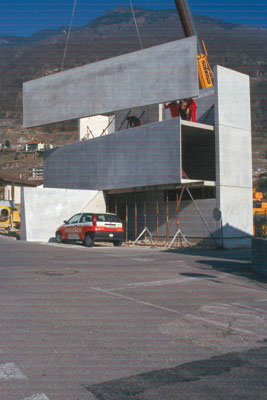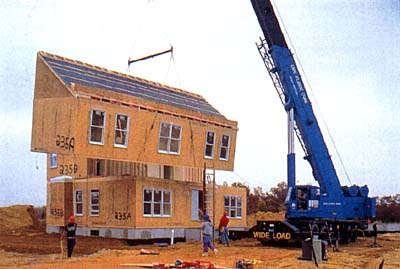Sequencing of trades and tasks on a commercial construction project is vitally important to the smooth operation and completion of a project. The Commercial Construction Project Schedule template is organized into 17 phases, depicted in the following Gantt Chart:
General conditions: The time required to finalize the plans, develop an estimate, bring the project under contract, obtain permits, begin the procurement process and the process of submitting monthly pay requests.
Long-lead procurement: The submittal of shop drawings, approval and ultimate fabrication and delivery of the major components of a commercial building are time critical. These activities must be addressed and expedited very early in the project.
Mobilize on site: Setup of temporary utility services, field offices, lay-down areas, site parking, temporary fencing, and benchmarks.
Site grading and utilities: Clearing and grubbing the lot, installing underground utilities and site drainage systems, fire water lines, and constructing building batter boards.
Foundations: Excavation, forming, and placement of the concrete foundations, footings, piers, grade beams, elevator pits and walls, installation of anchor bolts, elevator tubes and other required activities except the forming and placement of the first floor slab, which is completed later to ensure that it isn't damaged by construction activities.
Steel erection: The erection of the steel building frame, including main and secondary members, bracing, temporary steel for construction hoists and other uses and the painting or coating of that steel.
Form and pour concrete floors and roof: Installing rebar mats and in-floor utilities and conduits, forming, placing and finishing the concrete floors and roof of the structure.
Carpentry: The rough carpentry required for installation of the building sheathing and metal lath and the construction of the basic frame of the building interior.
Masonry: The interior and exterior masonry of the building, including the elevator and utility cores, any exterior masonry, hard tile on the floors of common areas and restrooms and restroom wall tiles.
Roofing: Placement of lightweight concrete fill, installation of roof drains, flashing, polymeric or roll roofing material and coatings and the stone ballast.
Window wall and storefront closures: Installation of the metal framing and glazing components of the window walls and storefront.
Building finishes: The detailed work of completing the interior of the building. insulation, drywall, paint and paper, cabinets, millwork, carpet and tile, hardware, interior and exterior plantings, seeding and sodding, and paving / striping the parking areas. Includes all signage requirements under the building code.
Elevators: Installation of the elevator cars and controls, calibration, testing and certification of the system.
Plumbing: Rough in and final installation of service areas, restrooms, fire and irrigation systems, including piping, fixtures and controls and the effort required to obtain in-process and final inspections and acceptance.
Electrical: Rough in and final installation of service, including all non-embedded conduit, cable and fixtures, controls and services and the effort required to obtain in-process and final inspections and acceptance.
HVAC: Rough setting and final installation of environmental control systems—including equipment in mechanical spaces, roof-top units, ductwork, controls and the effort required to balance air flows and obtain in-process and final inspections and acceptance.
Final cleanup and occupancy including inspections: The effort required to achieve final inspection and certification for occupancy by the city or county building inspector, the builder's final cleanup and walkthrough with the owner, and the owner's final acceptance.
These areas are general demarcations. Some tasks in different areas may be complimentary and, therefore, it may be appropriate for different tasks in different categories to be executed at the same time.
Footnotes:
http://office.microsoft.com/en-us/project-help/about-the-commercial-construction-template-for-project-HA001122602.aspx



